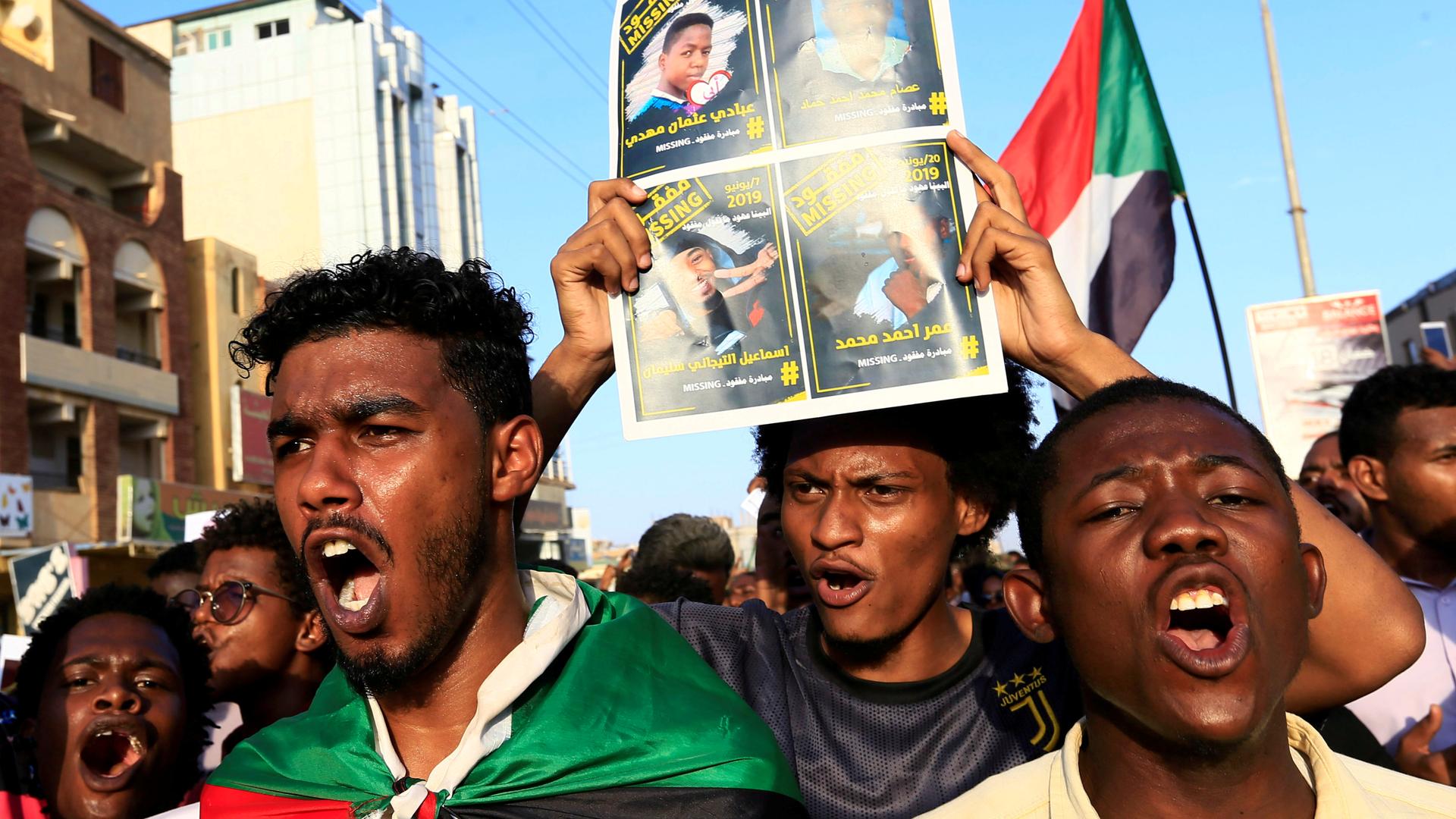As 2019 comes to a close, citizens across the globe continue to protest injustices, demand reforms and push for regime change. From India to Iraq, Venezuela to Algeria, Haiti to Spain, Hong Kong to Colombia, Puerto Rico to Iran, millions of people reached their breaking points.
Gas. Bread. A subway ticket: The soaring cost of everyday necessities sparked protests that spiraled into major movements in countries like France, Zimbabwe, Lebanon, Sudan and Chile.
Throughout the world, citizens took to the streets this year to raise their voices against inequality, corruption and bad governance.
While each protest has its own unique dynamic and goals, protests that erupted throughout the world signaled critical shifts in the ways in which governments and citizens relate.
In some cases, mass protests ousted longtime leaders.
Sudan’s Omar al-Bashir, who is wanted for war crimes for his role in genocide in Darfur, was ousted from 30 years in power after mass protests gripped the nation. What started as protests over the price of bread spiraled quickly into calls for regime change. In December, Bashir was sentenced to two years in detention as the country makes its three-year transition into a democracy.
Iraq’s prime minister, Adel Abdul Mahdi, resigned, and so did Lebanon’s prime minister, Saad Hariri, amid protests. Algeria saw the departure of longtime President Abdelaziz Bouteflika after 20 years in power. Former President Evo Morales of Bolivia stepped down in November after mass protests. Next, the nation saw a backlash against its conservative interim leader, Jeanine Anez.
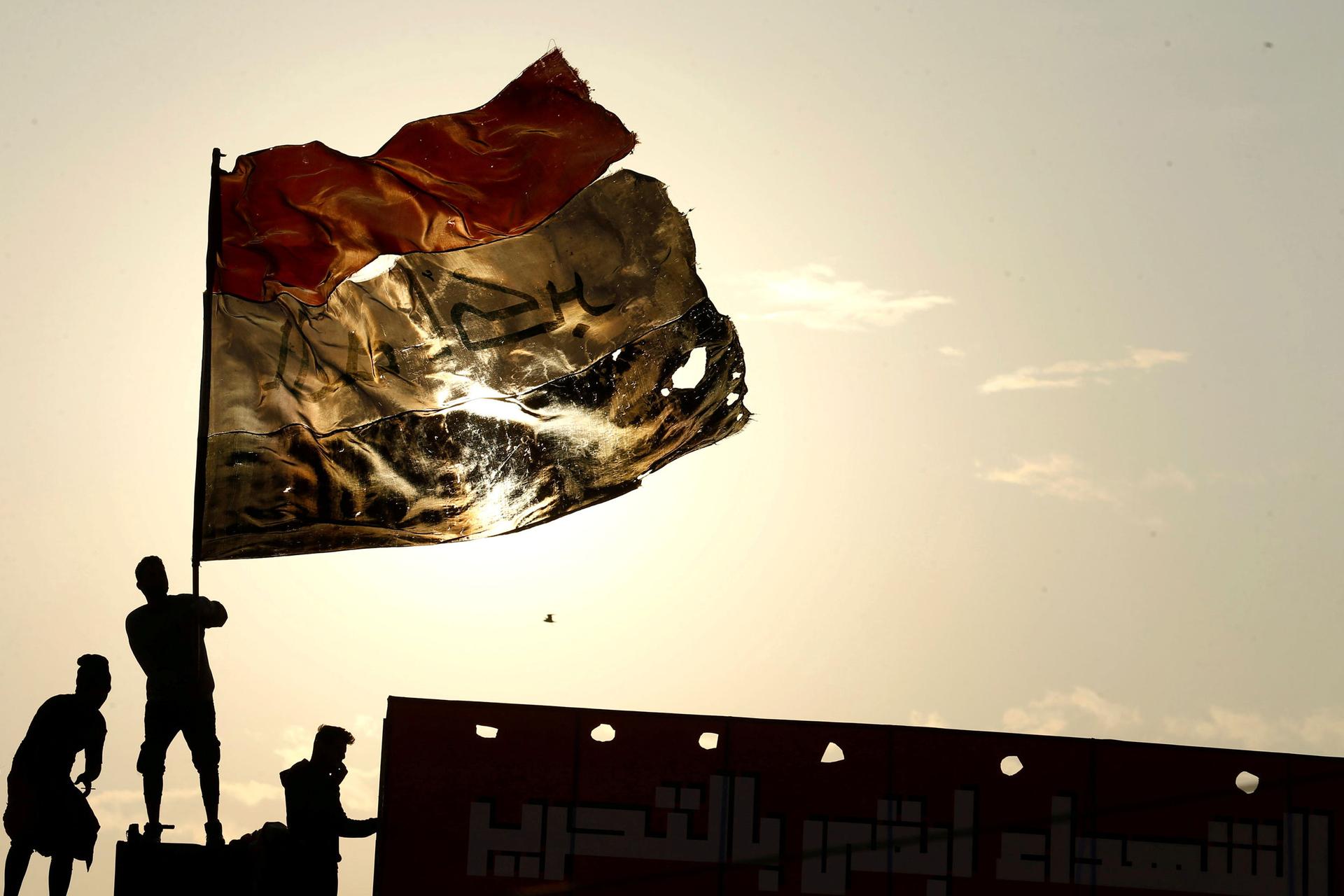
And Puerto Rico saw the resignation of Gov. Ricardo Rossello after mass protests erupted related to leaked messages revealing corruption and bigotry.
But in other cases, mass protests stalled or stagnated, leaving governments and citizens in precarious states.
In Venezuela, where President Nicolás Maduro was expected to start his sixth term in office in January, violent protests threw his leadership into question with the rise of opposition leader Juan Guaidó, who proclaimed presidency on constitutional grounds. While Guidó was recognized by many world leaders, a standoff endures as embattled Maduro continued to lead. Other Latin American countries like Nicaragua and Ecuador saw mass protests that were stalled or shutdown with excessive police force and government-led crackdowns on dissent.
In the spring, thousands of protesters in Haiti spoke out against mass corruption committed by Haiti’s political class. A group of young protesters known as the PetroChallengers has been fighting against the embezzlement of funds well over $1 billion received through Venezuela’s discounted PetroCaribe oil alliance program. While President Jovenel Moïse has attempted to quell protesters, Haiti remains embroiled in protests that harken back to the Haitian Revolution.
And in Hong Kong, an extradition bill that sparked the fuse for massive student-led, pro-democracy movement continues. Protests turned violent as thousands of Hong Kongers fight to push back against interference from Beijing under the promise of a “one country, two systems” promise.
Across the world in Iran, a major fuel hike in December pushed protesters out onto the streets across the country, only to be met with an internet blackout followed by a bloody crackdown, killing dozens of protesters.
In a time of critical fissures and political discord around the globe, The World looks back at some of the mass protests that took our attention, made us stop in our tracks and witness the heartbreak and triumphs of change and transformation.
France: ‘The gas tax is the tip of the iceberg’
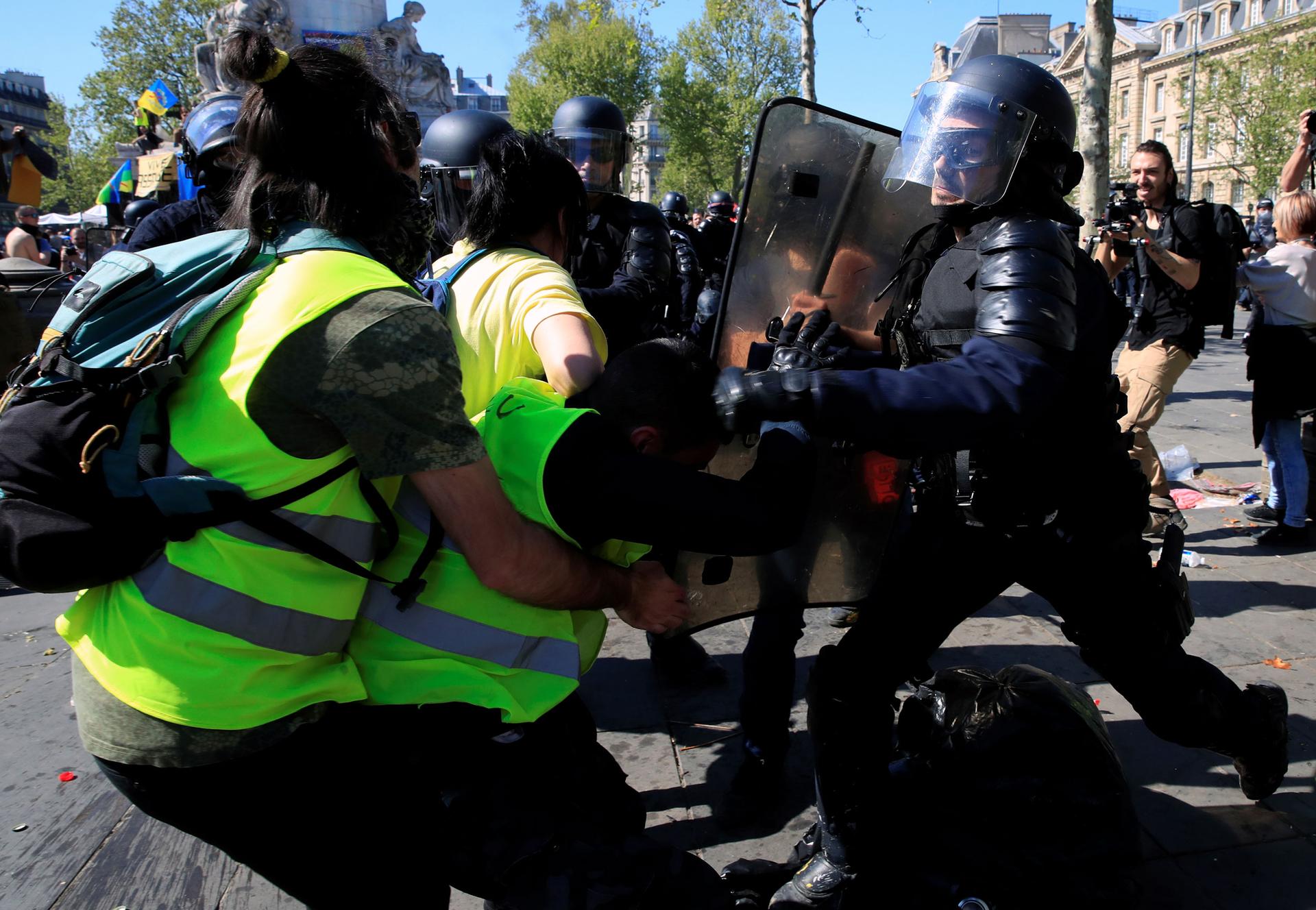
In January 2019, protesters with the yellow vest movement continued to march against the government’s increased taxes. After 11 straight Saturdays of anti-government marches that turned violent, Macron promised a series of debates to quell the dissent. But in December 2019, widespread strikes over pension reforms once again shut down France.
Venezuela: ‘Now is the moment!’
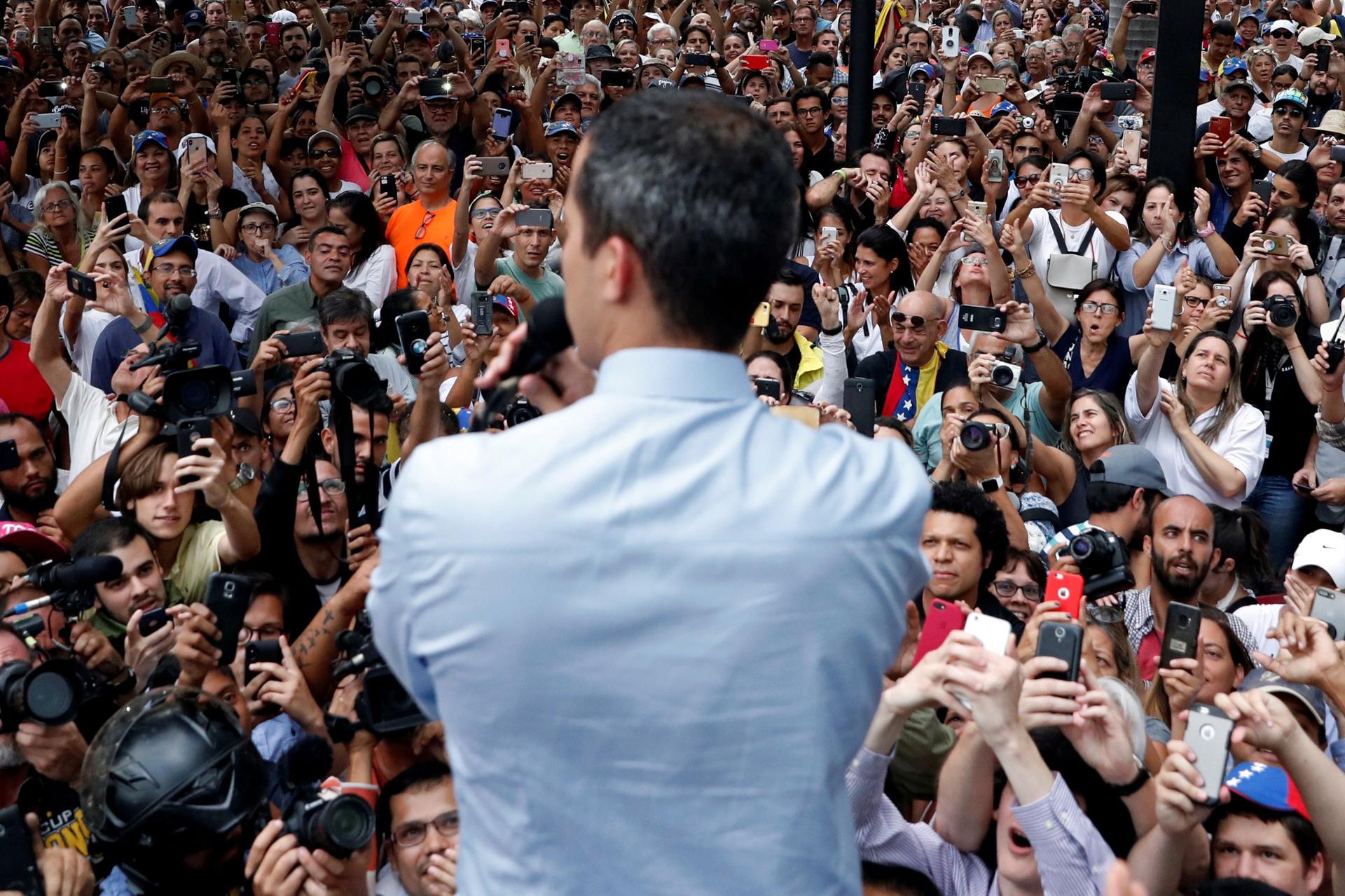
In January 2019, the world turned its attention to Venezuela, where opposition leader Guaidó had declared himself president instead of incumbent, longtime President Maduro. Nations quickly took sides as protests in Venezuela swelled over the presidential crisis. As the crisis worsened, thousands fled to Colombia, while mass protests continued on the streets of Caracas. Thousands mobilized and some soldiers even defected, but to this day, Maduro remains in power and inflation continues to soar and living conditions plummet.
Haiti: ‘Things got so bad in Haiti that there was no Carnival’
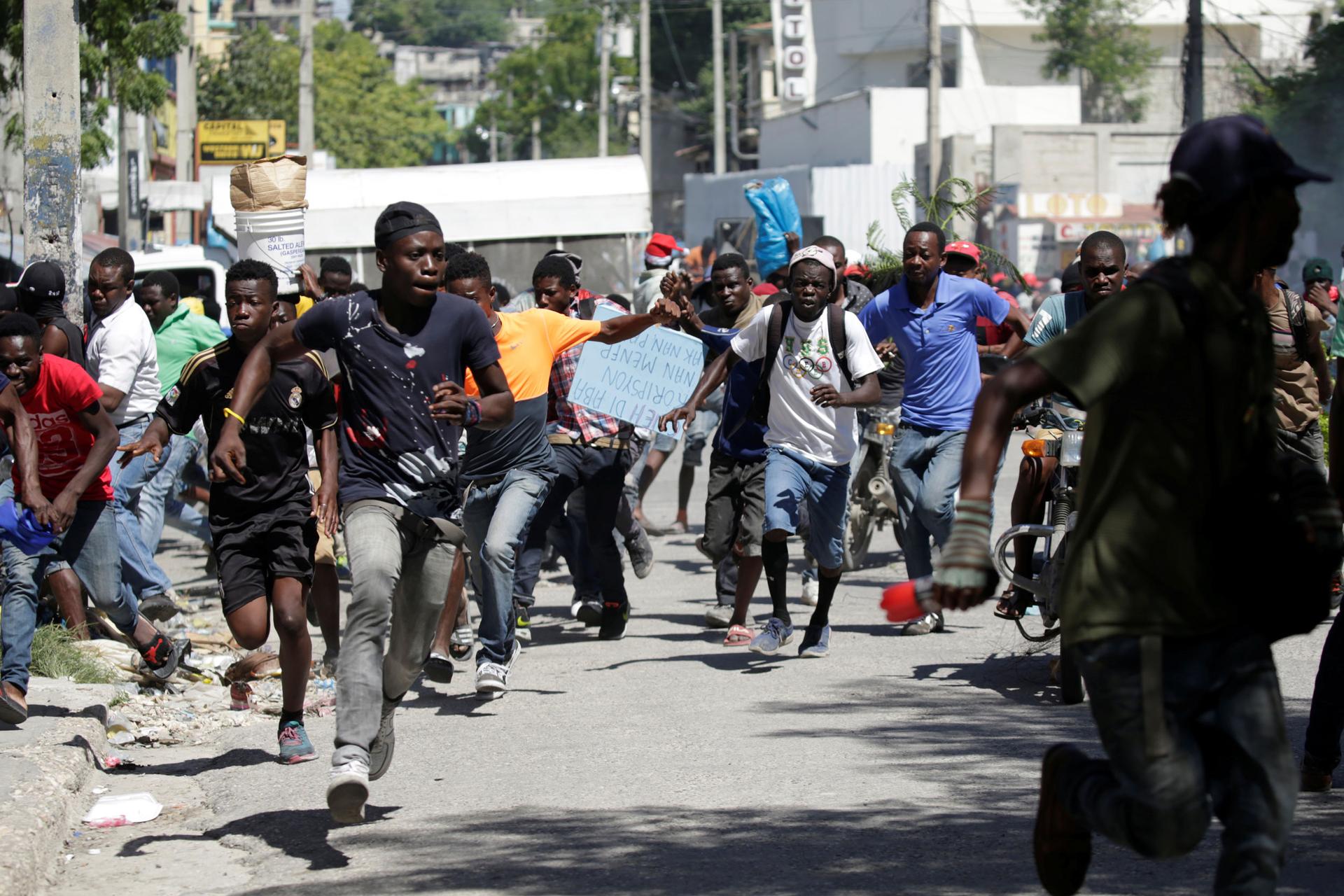
In February, as soaring food and fuel prices made life unbearable in Haiti, citizens spilled onto the streets to protest against systemic corruption. Haiti nearly came to a standstill and the government promised reforms. But a $3 billion scandal with PetroCaribe, Venezuela’s oil subsidy program, sparked more rounds of mass mobilization from the #PetroChallengers, a massive youth-led movement calling for President Jovenal Moise’s resignation. There was so much unrest, Carnival was canceled, and Haiti’s musicians lost more than their stage. Moise continues to hold on to power even as citizens still struggle with a deepening economic crisis.
Algeria: ‘What’s important right now … is real reforms’
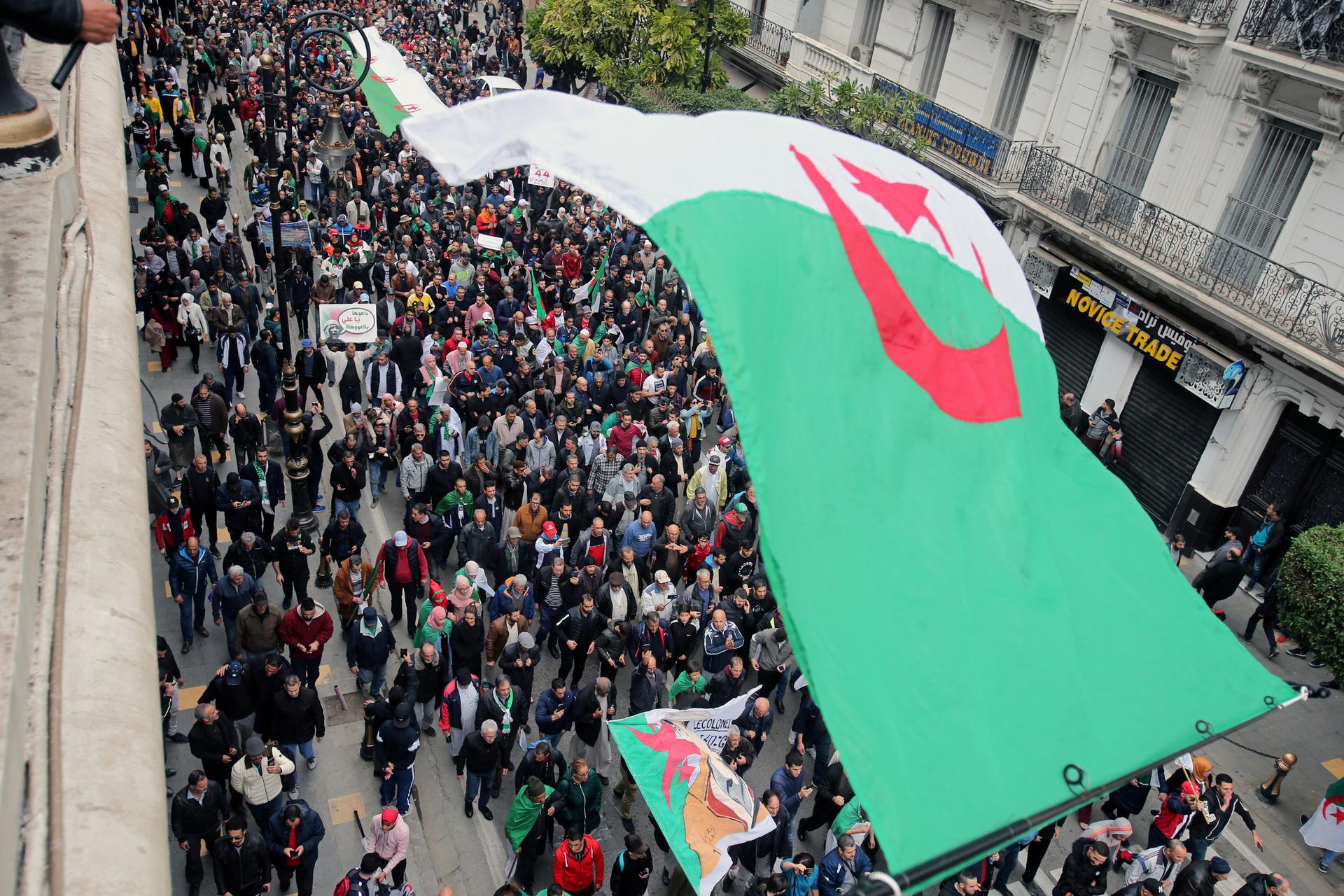
Algeria’s Hirak Movement began in February 2019 when a coalition of opposition party leaders called for ailing, longtime president Abdelaziz Bouteflika to step down. Young Algerians had only known one president, but thousands took to the streets to push for Bouteflika’s resignation. When the nation’s powerful army advised him to step down amid mass protests, he finally resigned on April 2, 2019. When new elections were called for in December 2019, Algerians took to the streets once again to call for “real reforms.”
Sudan: ‘Women are front, left and center of the revolution’
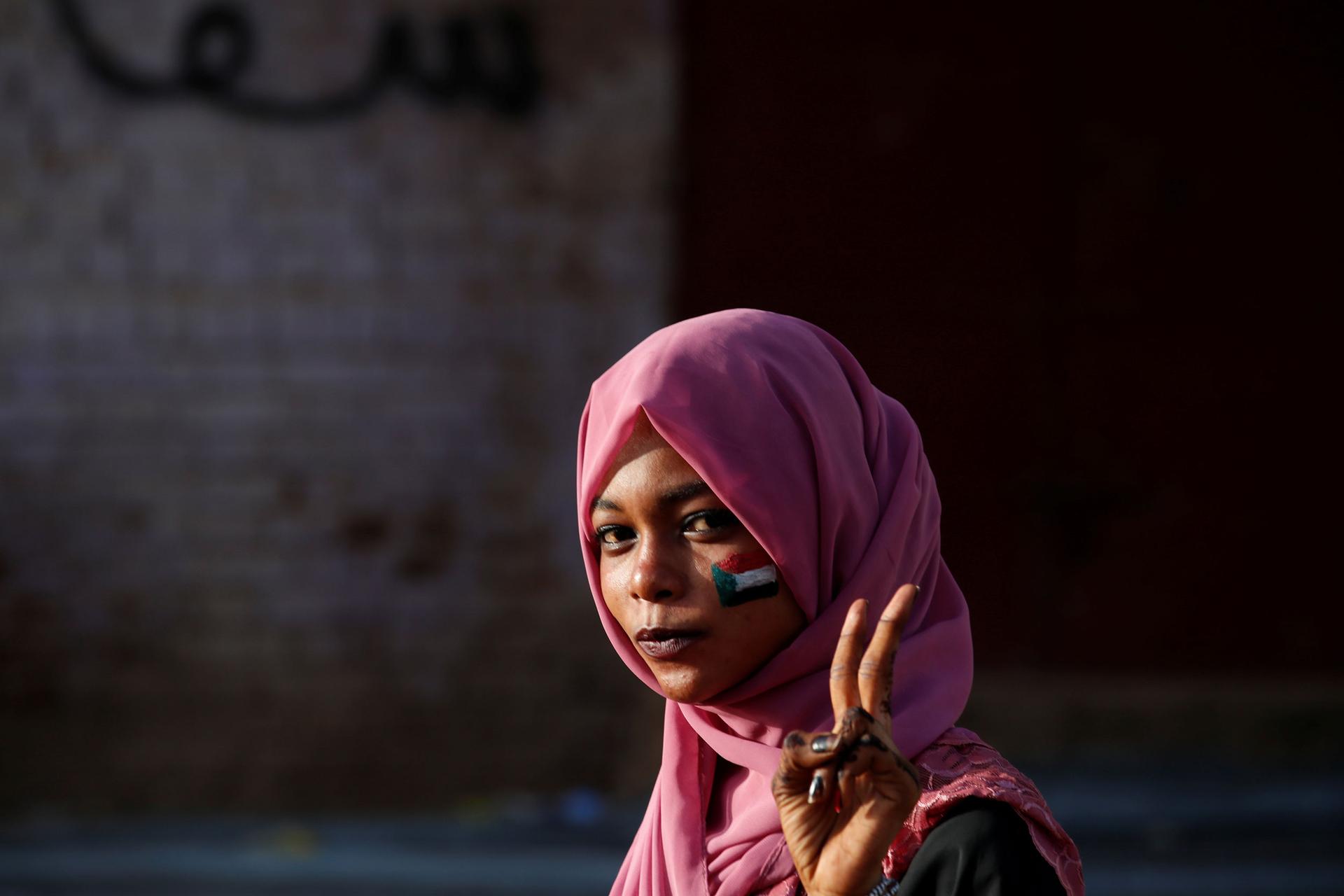
What started as protests over the price of bread spiraled quickly into calls for regime change for Omar al-Bashir, the leader who ruled for over 30 years and was wanted for war crimes for his role in the Darfur genocide. In Sudan, where nearly 60% of the nation is under 30, students — and especially young women — took a leading role in the revolution. Bashir was ultimately ousted on April 11, 2019, after months-long, deadly demonstrations, marches and protests across the country. Sudan now embarks on a three-year transition into a democracy and Bashir plans to appeal his two-year jail sentence on corruption charges.
Hong Kong: ‘A state of emergency’
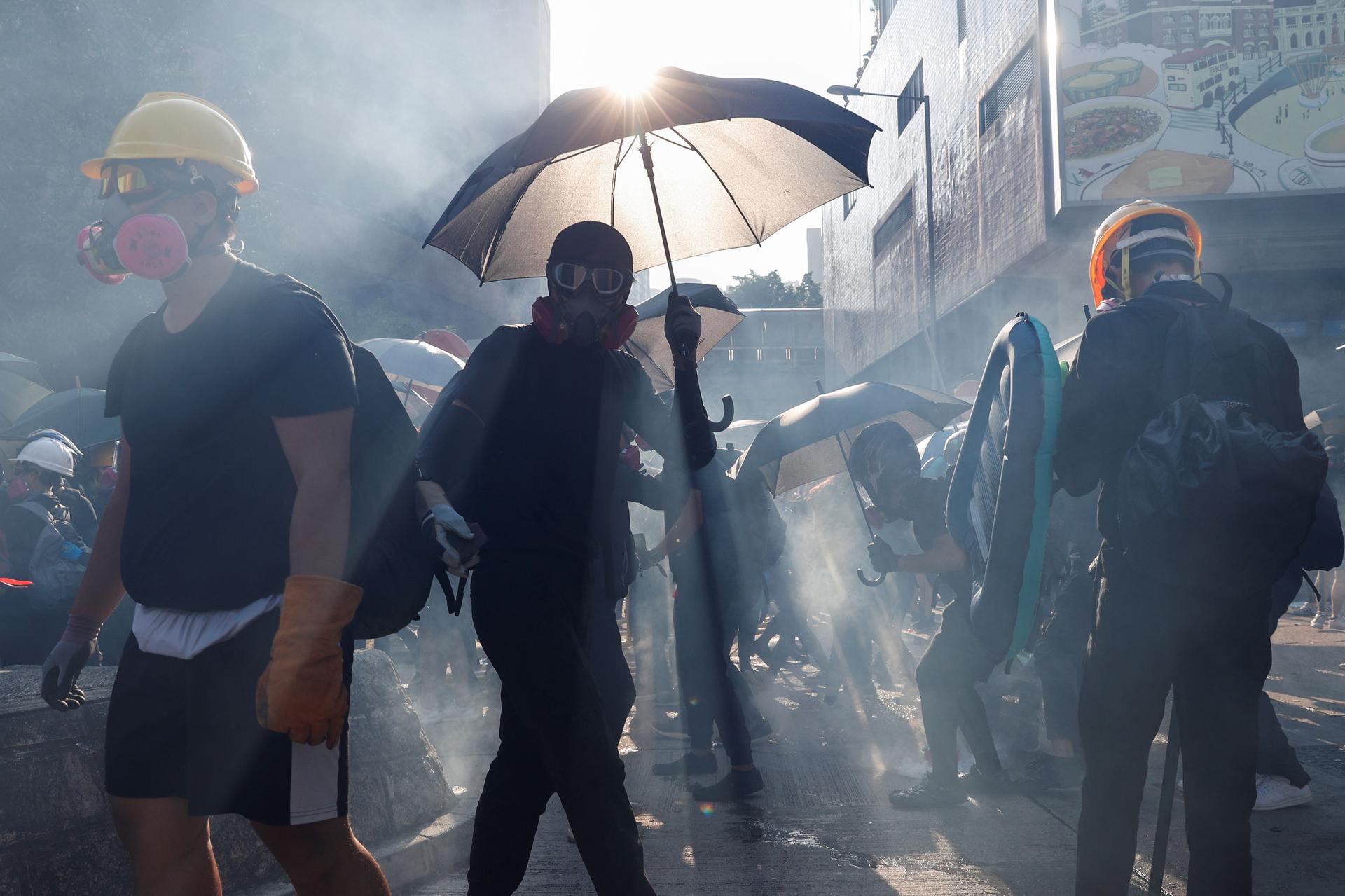
In April 2019, Hong Kong Chief Executive Carrie Lam proposed an Extradition Bill allowing extradition back to China. By June, thousands of Hong Kongers spilled into the streets to reject this level of interference from Beijing. Protests turned violent as students occupied Hong Kong University and Hong Kong’s secret societies began to attack protesters. Violence has left its scars as pro-democracy protests and demonstrations continue. Yet, one Tiananmen leader says Hong Kong protesters are different because they’ve tasted freedom and are ready to defend it at all costs.
Lebanon: ‘We’ve had enough’
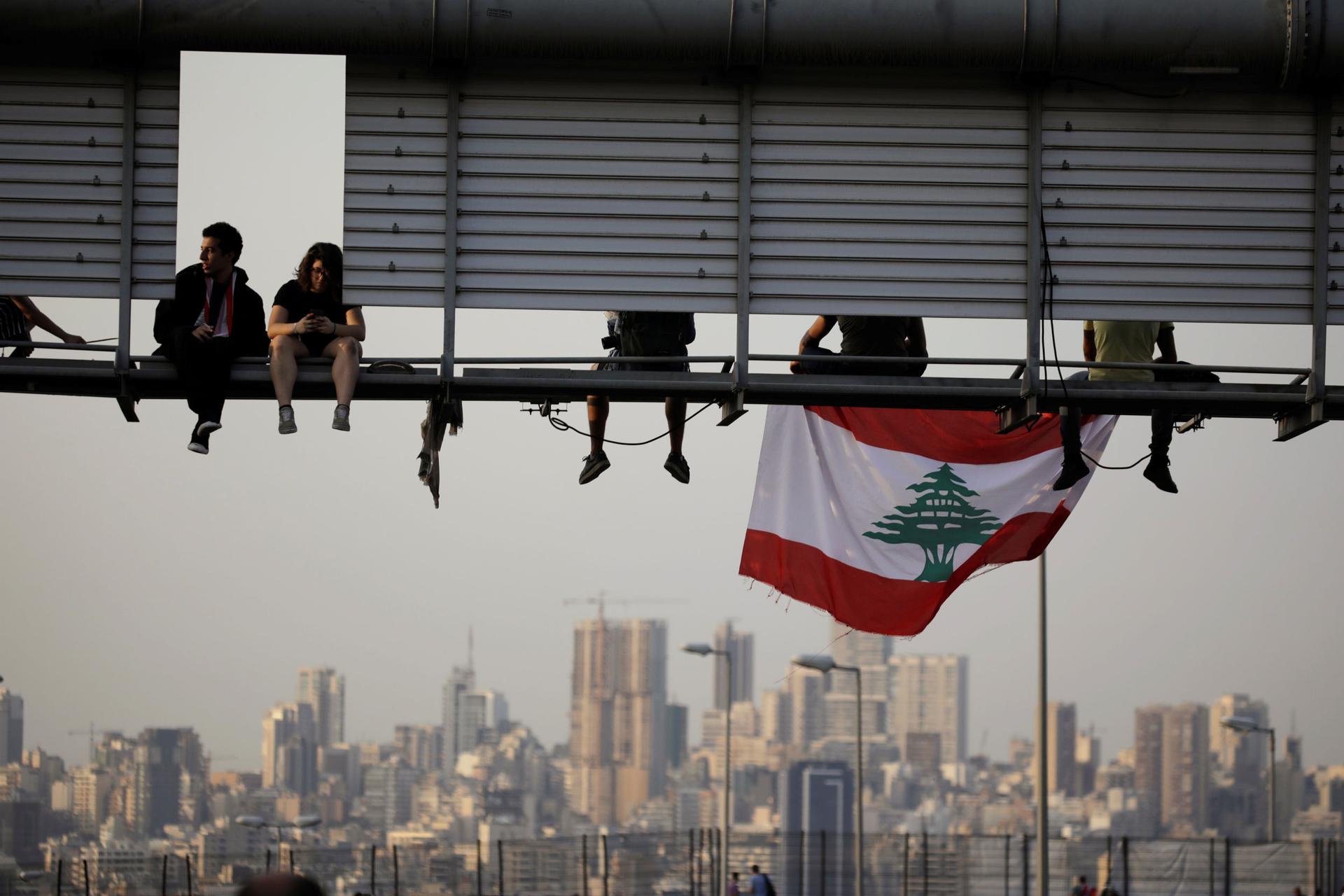
As 2019 comes to a close, Beirut streets are in flames as protesters clash with state forces.In late October 2019, Lebanon’s proposed ‘WhatsApp tax’ unleashed a flood of anger that quickly turned into larger anti-government demonstrations, calling for the end of entrenched corruption and political elitism that has defined Lebanese politics. Prime Minister Saad Hariristepped down amid the protests, but the country has slid into a financial freefall as banks and businesses shuttered their doors.
Chile: ‘There’s no turning back now’
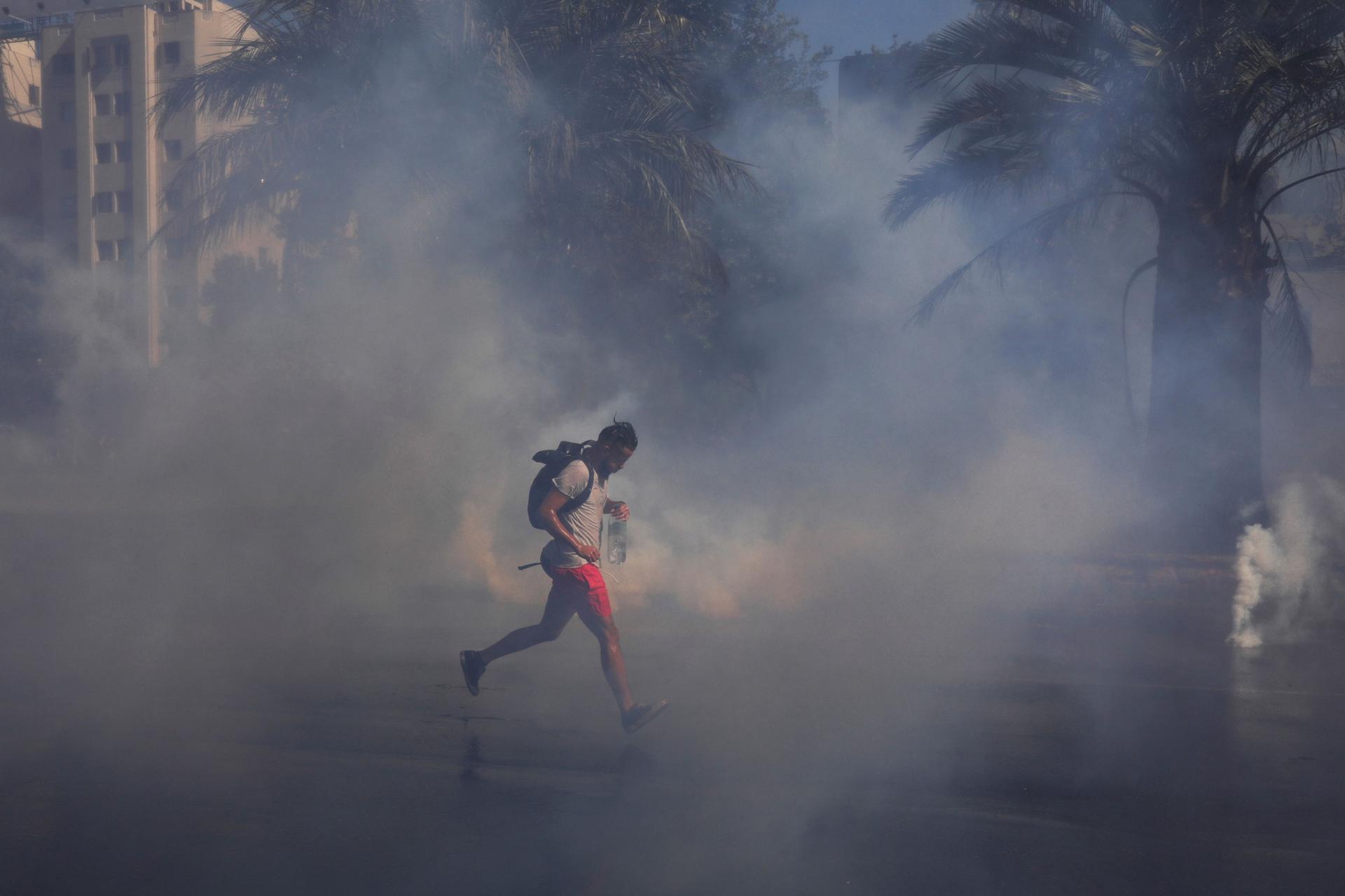
Since October 2019, Chile has been gripped by waves of social unrest unprecedented since its transition to democracy in 1990. For years considered an oasis of stability in Latin America, Chile was plunged into turmoil in October when subway fares were increased. Protesters, united to restore dignity and equity, were met with brutal repression as the government called a state of emergency that lasted one week. New reforms were introduced, but weekly demonstrations continue with new hopes for constitutional reform on the horizon.
Colombia: ‘It’s a question of ethics and morality’
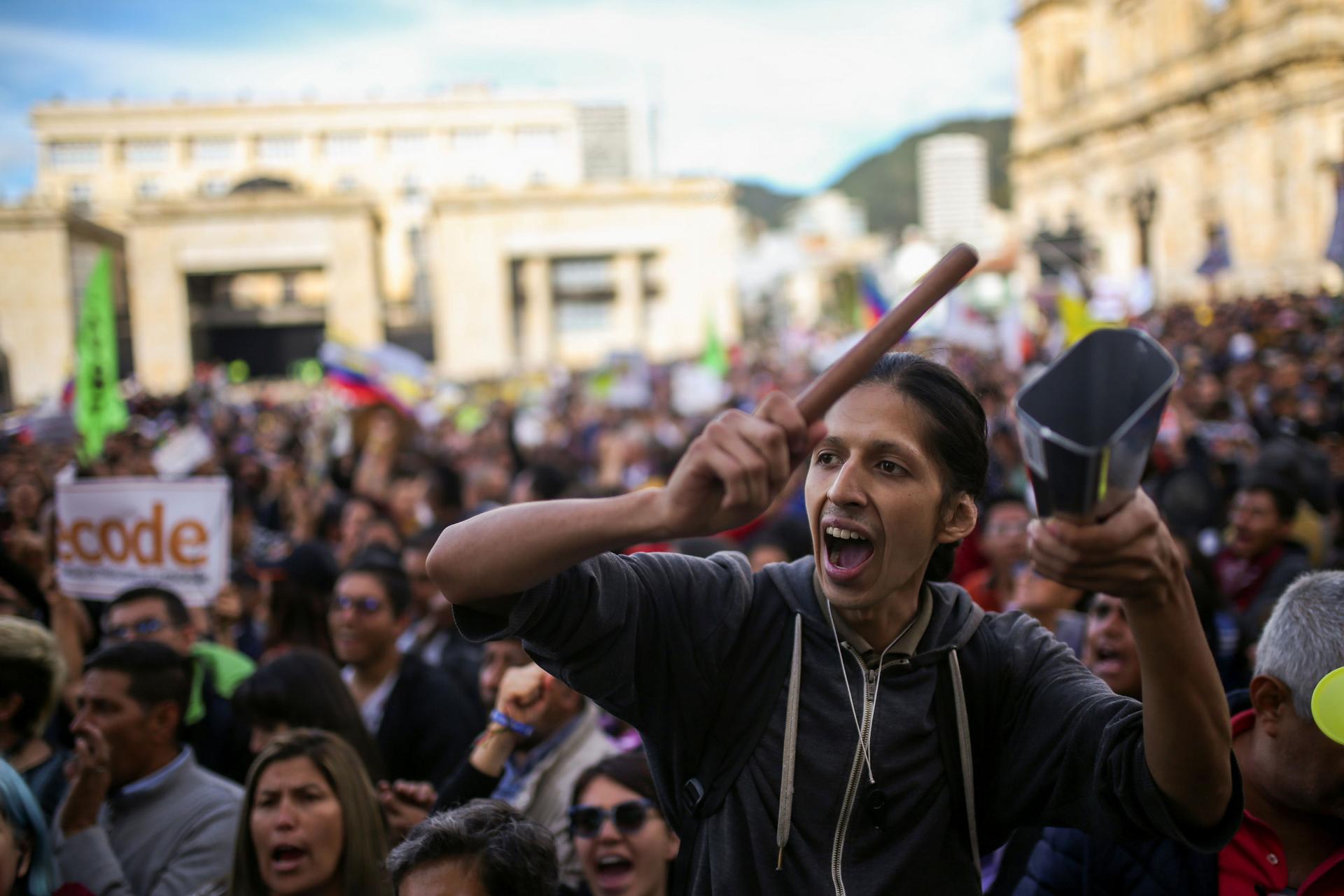
After over 50 years of civil war, Colombia’s peace process has faltered and thousands of people took to the streets in November 2019 in a national strike that morphed into a weeks-long, anti-government protest. Under the Ivan Duque administration, hundreds of social and Indigenous leaders have been murdered or disappeared while systemic corruption and poverty continue to ravage many parts of the country. In December, as demonstrations continued, cacerolazos — the loud banging of pots and pans — became a symbol of Colombia’s protest movement. And the death of Dilan Cruz, an 18-year-old protester, polarized the nation.
Iran: ‘There is a huge distrust between the government and people’
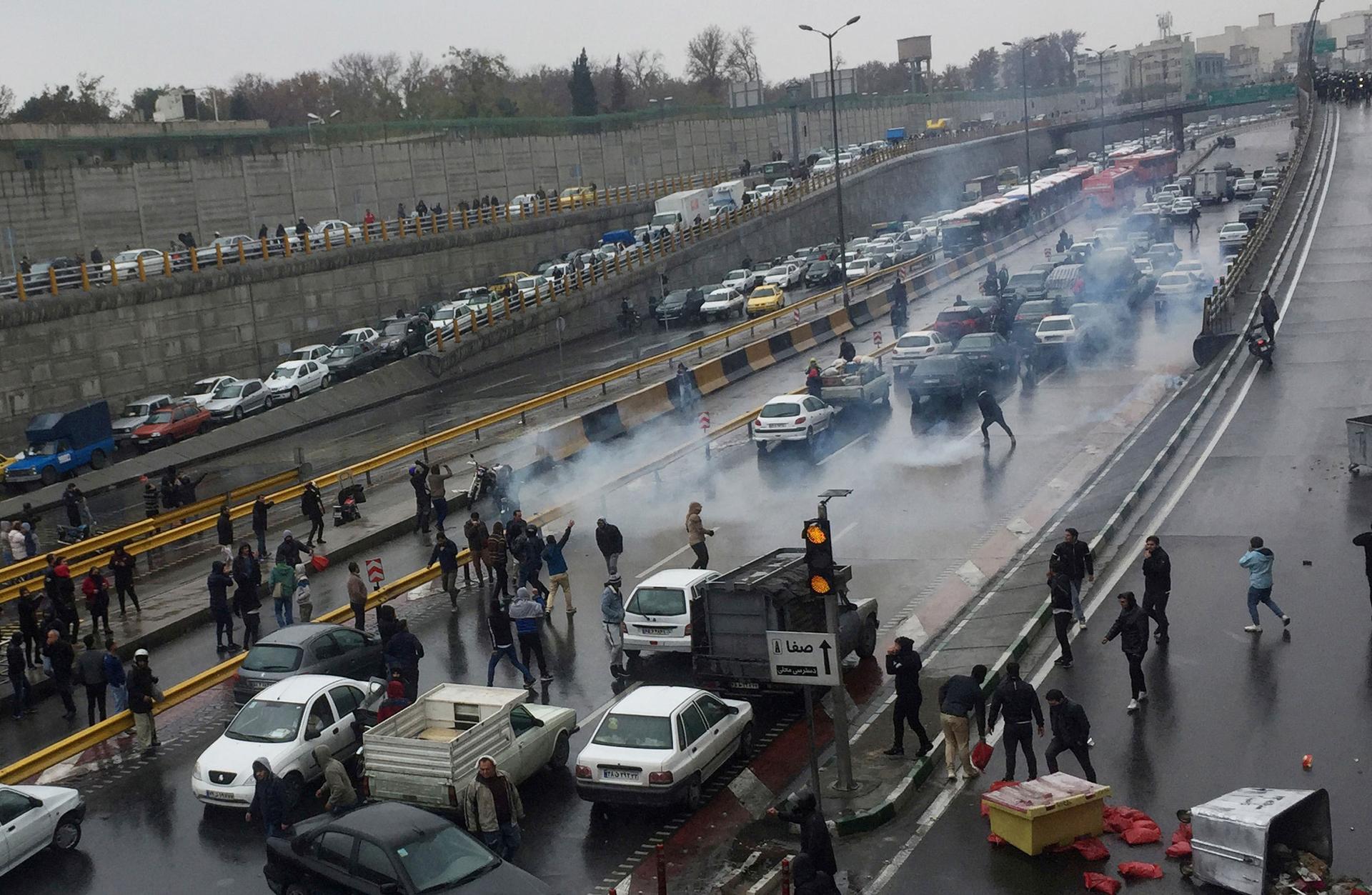
On Nov. 15, anti-government unrest began when the government abruptly raised fuel prices by as much as 300%. Protests popped up spontaneously in over 100 cities and towns, with young and working-class protesters demanding clerical leaders step down. But with a complete internet blackout, it was difficult to source news from Tehran. It was revealed later that these protests were snuffed out by a security crackdown, and the government admitted to killing protesters.
